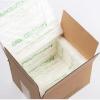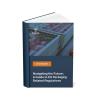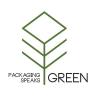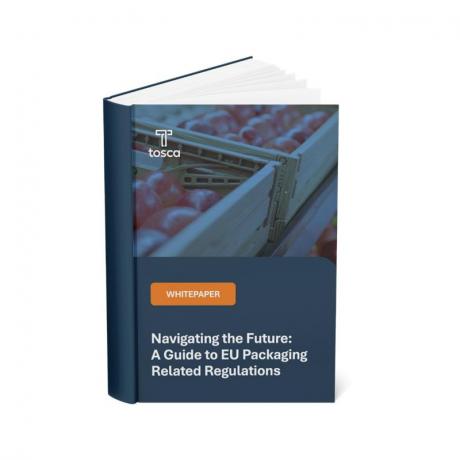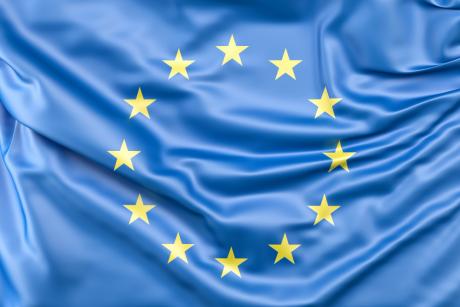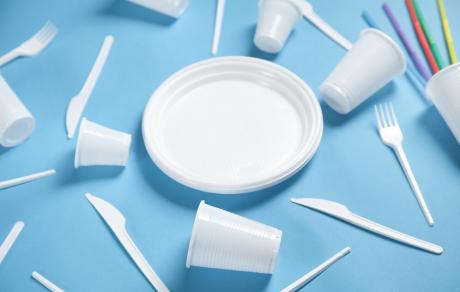With reference to the implementation of the recycled content obligation for beverage bottles made of R-PET, the Ministry of Environment and Energy Security has issued the following official statement:
The specific requirements for recycled content and the separate collection targets for beverage bottles with a capacity of up to 3 litres, including their caps and lids, are established by Directive 2019/904/EU, commonly known as the SUP Directive (Articles 6 and 9). Article 13 of the same directive (Article 13, letters c) and e)) also establishes the obligation to report on these products.
In detail, under Article 6, paragraph 5 of the Directive, the minimum recycled content must be ensured by each Member State.
The SUP Directive was transposed into national law through Legislative Decree No. 196 of 8 November 2021, which specifies the following under Article 6, paragraphs 4 and 5:
4. Beverage bottles listed in Part F of the Annex:
a) From 2025, bottles made primarily of polyethylene terephthalate ("PET bottles") must contain at least 25% recycled plastic, calculated as an average for all PET bottles placed on the national market.
b) From 2030, they must contain at least 30% recycled plastic, calculated as an average for all such beverage bottles placed on the national market.
5. To achieve the targets outlined in paragraph 3, systems established under Article 9, paragraph 1, must ensure the return of post-consumer materials to producers for beverage bottles listed in Part F of the Annex. This includes defining the percentage of materials to be returned and the respective return methods.
Clarifications Regarding the Obligations
1. Calculation of Recycled Content
The European Commission Decision 2023/2683, Article 2, point 1, specifies that "the share of recycled plastic in beverage bottles is calculated by dividing the weight of recycled plastic [...] by the weight of the plastic components of these bottles," which includes all bottle components (body, caps, and labels). Therefore, the calculation and related reporting must consider each component individually. The 25% minimum R-PET content must account for the total weight of the plastic components of the bottle, even those not made of PET (caps and labels included). Furthermore, Article 5, paragraph 3, of the Decision stipulates: "The percentage of recycled content in a bottle component is as indicated in the declaration of conformity outlined in Annex III, Part B, Field 2.1.4, of Regulation (EU) 2022/1616."
2. Calculation of Recycled Content Targets
Article 6, paragraph 5, of the SUP Directive states that each Member State "ensures" compliance with the minimum recycled content, making it a binding requirement.
The European Commission Decision 2023/2683, Annex 3, point 3.1, provides distinct options for defining the targets: "[...] For instance, targets could be set as mandatory requirements for each beverage bottle placed on the market, as an average for bottles placed on the market by each economic operator, or as an average for all bottles placed on the market in the Member State."
In national legislation, as noted above, Legislative Decree No. 196/2021, Article 6, paragraph 4, establishes that, from 2025, beverage bottles "[...] must contain at least 25% recycled plastic, calculated as an average for all PET bottles placed on the national market." This constitutes a binding target, and achieving this average, as stipulated in Article 6, paragraph 5, of the SUP Directive, must be "ensured" by the State concerning the EU.
On 16 December, the European Council formally adopted the Packaging and Packaging Waste Regulation (PPWR), which will be published in the Official Journal of the European Union and implemented within the next 18 months. This regulation introduces new specifications for recycled content and packaging management, imposing further obligations on producers. Specifically, Article 7 on the Minimum Recycled Content in Plastic Packaging states: "[...] all plastic components of packaging placed on the market must contain the minimum percentage of recycled content recovered from post-consumer plastic waste, as listed in Table 1 of Annex II, calculated as an average per production facility and per year."
In light of the need to ensure compliance and support adaptation to these new provisions, each economic operator must, by 2025, ensure the use of a minimum of 25% R-PET in the total weight of plastic bottles placed on the national market. This will contribute to achieving the binding national average target while supporting the gradual transition to production facility-level calculations as required by the PPWR.
3. Obligations of EPR Systems
Concerning the obligations of Extended Producer Responsibility (EPR) systems, consortia and independent systems must ensure compliance in coordination with industrial operators. To achieve this objective and fulfil national reporting obligations, operators must ensure the accurate submission and completeness of data for subsequent validation by ISPRA.


